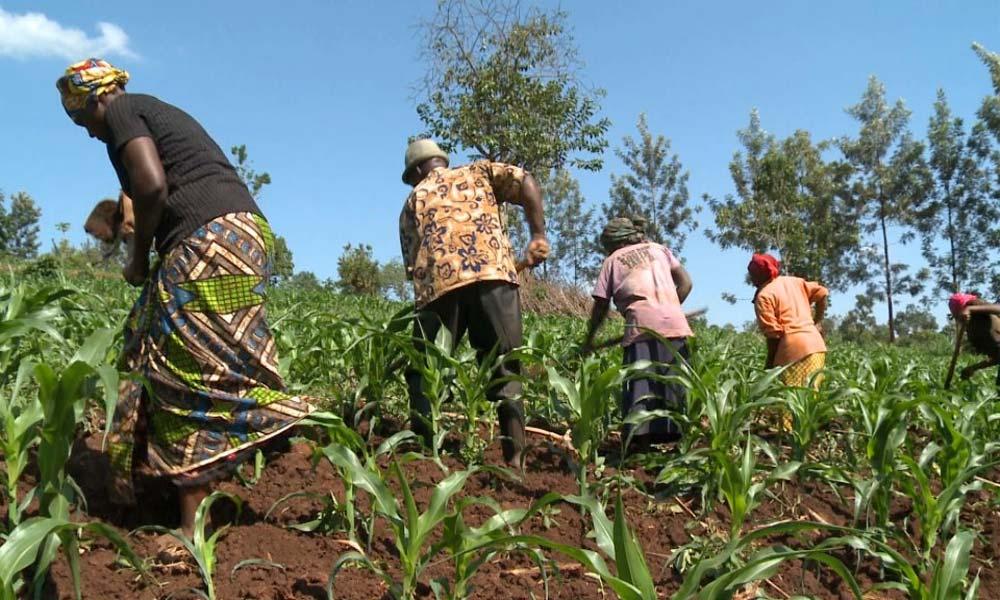Africa-Press – Cape verde. The agricultural sector in Cape Verde consumed around 4.6 million cubic meters (m3) of water in 2022. The data are contained in the water bulletin, recently released, on the occasion of World Water Day. The figures also show that domestic water supply in the country was around 4.1 million cubic meters in 2022 and that the nine dams in the country retained a useful volume of 917,500 m3.
The scarcity of water and the consequent sustainability of water resources, in terms of access to populations, is embodied in the United Nations Sustainable Development Goal 6 (SDG), with the goal of ensuring universal access to safe drinking water, sanitation and hygiene by 2030.
Indeed, achieving SDG-6 in Africa is seen as a major challenge by experts, when data show that the continent has made less progress than expected, with regard to meeting the targets for water and sanitation. Even data from the African Development Bank (ADB) reveal that African countries invest an average of 0.5% of Gross Domestic Product in the water sector.
This is one of the themes to be addressed at the 2023 United Nations (UN) Water Conference, which this year focuses on “Accelerating change to solve the water and sanitation crisis”, and which started yesterday in New York and which runs until this Friday, the 24th.
70% of households with access to the public network
In Cape Verde, data from the water bulletin released this Wednesday, 22, World Water Day, by the National Institute of Statistics (INE) show that in 2021 there were 70% of family dwellings that had access to the public water supply network , against 54% in 2010.
However, when analyzing the population according to the main form of water supply, which they use in the household, 66% say that they do it through the public network, 12% using the auto-tank, 8% use the neighbors and 6% guarantee be through other forms.
With regard to the use of bottled water for drinking, the rate was around only 19% of the population, in 2021, with the majority living in urban areas.
Agriculture consumes more water than housing
The water bulletin also shows that the agricultural sector in Cape Verde consumed around 4.6 million cubic meters (m3) of water in 2022 and that the domestic water supply in the country was around 4.1 million m3 in the same year . These two end up absorbing the largest volume of water exploited in the country. In the case of industry, this sector absorbed around 505,534 m3 in 2022.
It should be noted that, with regard to the nine dams that exist in the country, INE data show that these infrastructures managed to retain a usable volume of 917,500 m3 of water in 2022. Regarding water desalination, one of the main methods to supply the most of the population in
urban centers, statistics reveal that in 2022 they produced about 6.5 million m3 of water (more precisely 6,512,722m3).
Sanitation – 17% of housing without latrine or toilet
As for sanitation, the challenges persist and much work will still be needed to meet the 2030 SDGs. At least, this is what the data show, if we take into account that in 2021 only 31% of the dwellings had a sewage system, against 19% in 2010. Regarding the septic tank, the percentage was 51% in 2021, 4% more than in 2010.
If we look at the analysis regarding the population living in accommodation with a sewage system, the percentage was around 29% in 2021, the majority in urban areas.
With regard to the population living in accommodation with a toilet or latrine in Cape Verde, data from the World Water Day bulletin reveal that 47% of the population had a flush toilet in 2021, but 36%, i.e. a
percentage still elevated, has a toilet without flushing.
It should be noted that 17% of the population lives in accommodation without a latrine or toilet, which can be inferred to be an indicator of poverty and poor hygiene and public health.
Finally, the data also show that the number of wastewater stations in Cape Verde has increased, with 13 infrastructures of this nature in 2022, three more than those that existed in 2020.
For More News And Analysis About Cape verde Follow Africa-Press






